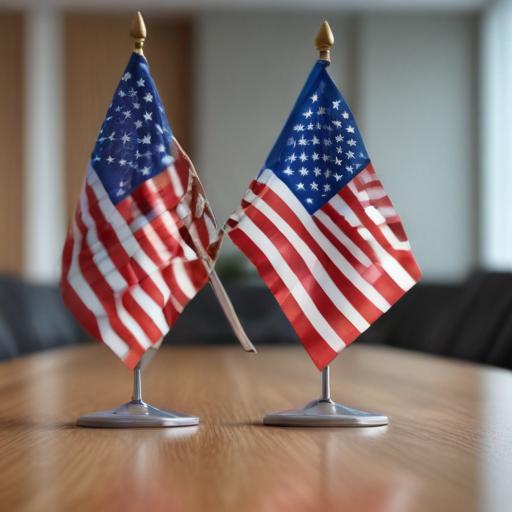In Anchorage, U.S. President Donald Trump and Russian President Vladimir Putin are due to sit down for high-stakes talks about the future of Russia’s invasion of Ukraine, which began more than three years ago, with Ukrainian President Volodymyr Zelensky not at the negotiating table. Ahead of the meeting, Trump has tempered expectations, telling reporters he plans to “see what [Putin] has in mind.”
The White House confirmed the summit is at Moscow’s request and said the goal is for the president to walk away with a better understanding of how to end the war. The meeting will mark a return to face-to-face talks for Trump and Putin, though they are no strangers after years of encounters with varying outcomes.
Putin, a longtime political operator who has faced multiple U.S. presidents, is viewed by many observers as a shrewd and seasoned negotiator. Former U.S. ambassador to Poland, Daniel Fried, described Putin as “very clever” and noted that the Russian leader tailors his approach to his interlocutors, testing the level of resistance and leverage available.
Friday’s gathering will be their first in-person encounter since Trump’s return to the White House, and they have a history of high-profile discussions. In Helsinki in 2018, the leaders met privately for nearly two hours, followed by a joint news conference at which Trump publicly accepted Putin’s denial of Russian interference in the 2016 U.S. election, even as U.S. intelligence agencies asserted otherwise. That moment drew sharp criticism from many Republicans at the time, including the late Senator John McCain, who called the Helsinki summit a “tragic mistake.”
By contrast, President Joe Biden has met Putin only once in person—at a Geneva summit in June 2021 focused on arms control and cybersecurity—years before Russia’s invasion of Ukraine in 2022. Looking further back, former President Barack Obama met Putin nine times over eight years, while former President George W. Bush met him 28 times and expressed candid admiration for his interlocutor early in their relationship. Clinton-era and earlier contacts also feature in the historical record: President Bill Clinton met Putin in Moscow in 2000, and in later years discussions emphasized nonproliferation and arms control, including cooperation on destroying plutonium under a 1994 agreement. In reflecting on those years, Clinton said in 2023 that he came to believe Putin had long planned to challenge Western security arrangements, noting Putin’s stance on the Budapest Memorandum and Ukraine.
The broader context includes long-standing tensions over Crimea’s 2014 annexation and Russia’s military actions in Syria, as well as the evolving dynamics of U.S.-Russia relations across multiple administrations. The current Alaska talks come as Washington continues to seek ways to end the war in Ukraine while navigating alliance commitments and the broader strategic competition with Moscow.
What readers should watch for
– Any signals of possible de-escalation or renewed dialogue on Ukraine and security guarantees.
– Specific topics Putin might press, such as sanctions relief, security assurances, or ceasefire terms.
– How Trump frames his expectations and whether the meeting yields any tangible diplomatic steps.
– The degree to which this summit affects U.S.-Russia relations and allied coordination with Ukraine.
A hopeful takeaway
– The gathering underscores the persistence of diplomacy even amid deep disagreements, offering a path for future conversations that could reduce risk and create openings for negotiations on arms control, security arrangements, or humanitarian considerations.
Summary for readers
– In Alaska, Trump and Putin meet to discuss Ukraine, with Zelensky absent from the table. Trump has tempered expectations, while White House officials emphasize the goal of understanding how to end the conflict. The meeting follows a history of prior engagements between U.S. presidents and Putin, including the controversial Helsinki encounter in 2018 and long-running debates over Russia’s actions in Ukraine, Crimea, and beyond. The talks could set the stage for future diplomacy, even as the path to a lasting settlement remains complex and uncertain.
Editor’s note
– Readers may benefit from additional context on what concrete milestones or terms might constitute progress and how U.S. and allied partners are preparing for potential scenarios arising from these discussions. A follow-up piece with reaction from Kyiv and allied capitals would help round out the picture.
